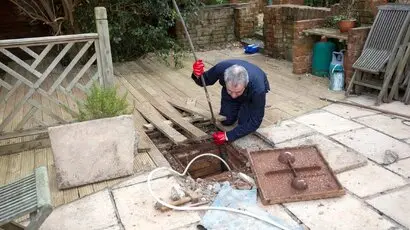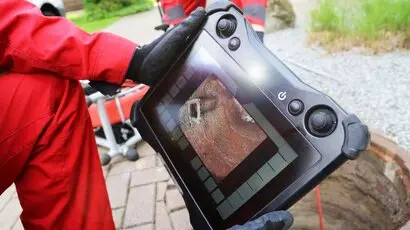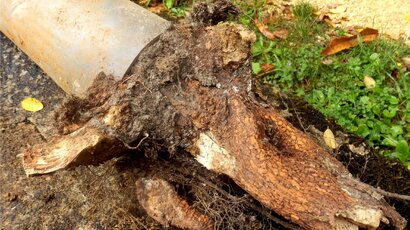CCTV Inspections vs. Traditional Plumbing Inspections
Learn how CCTV plumbing inspections offer unmatched accuracy, cost savings, and efficiency compared to traditional methods. Ideal for Melbourne homeowners seeking stress-free solutions!
Plumbing issues can be a real headache, especially when you’re dealing with persistent blockages, mysterious leaks, or recurring drainage problems that just won’t go away.
For lots of homeowners, the chaos and uncertainty these issues cause can be downright exasperating. It’s really important to get to the bottom of the problem quickly and accurately. Traditionally, plumbers had to lean heavily on their experience, a bit of guesswork, and sometimes even luck, leading to a lot of trial and error. While this method could work, it often turned out to be time-consuming, expensive, and pretty invasive.
However, with the advent of modern technology, CCTV plumbing inspections have become a powerful alternative. These inspections offer a clearer, more precise way to identify problems at the source, minimising the time and cost involved.
But how do these two methods compare, and which fits your plumbing needs best? Let’s find out!
CCTV plumbing inspections involve using advanced, specialised cameras that are carefully inserted into your plumbing system, providing a real-time video feed of the inside of your pipes.
This technology lets plumbers take a good look inside and spot any issues like blockages, cracks, or corrosion, all without having to dig up your property. By providing a direct view inside the plumbing network, CCTV inspections have truly revolutionised how plumbers figure out and fix problems, especially in complex systems or areas that are tough to reach.
This approach ensures a faster, more accurate diagnosis, reducing both the time and costs associated with traditional guesswork.
Before CCTV technology became commonplace, plumbing inspections primarily relied on physical inspections, pressure testing, or manual probing. These methods depended heavily on a plumber’s expertise, intuition, and experience, which often meant that identifying the problem was more of an art than a science.
While experienced plumbers could sometimes diagnose issues effectively, traditional techniques had significant drawbacks, especially in terms of accuracy and efficiency.
Without direct visual confirmation, these methods frequently led to misdiagnoses or incomplete assessments, resulting in additional time, cost, and often unnecessary disruption for homeowners.
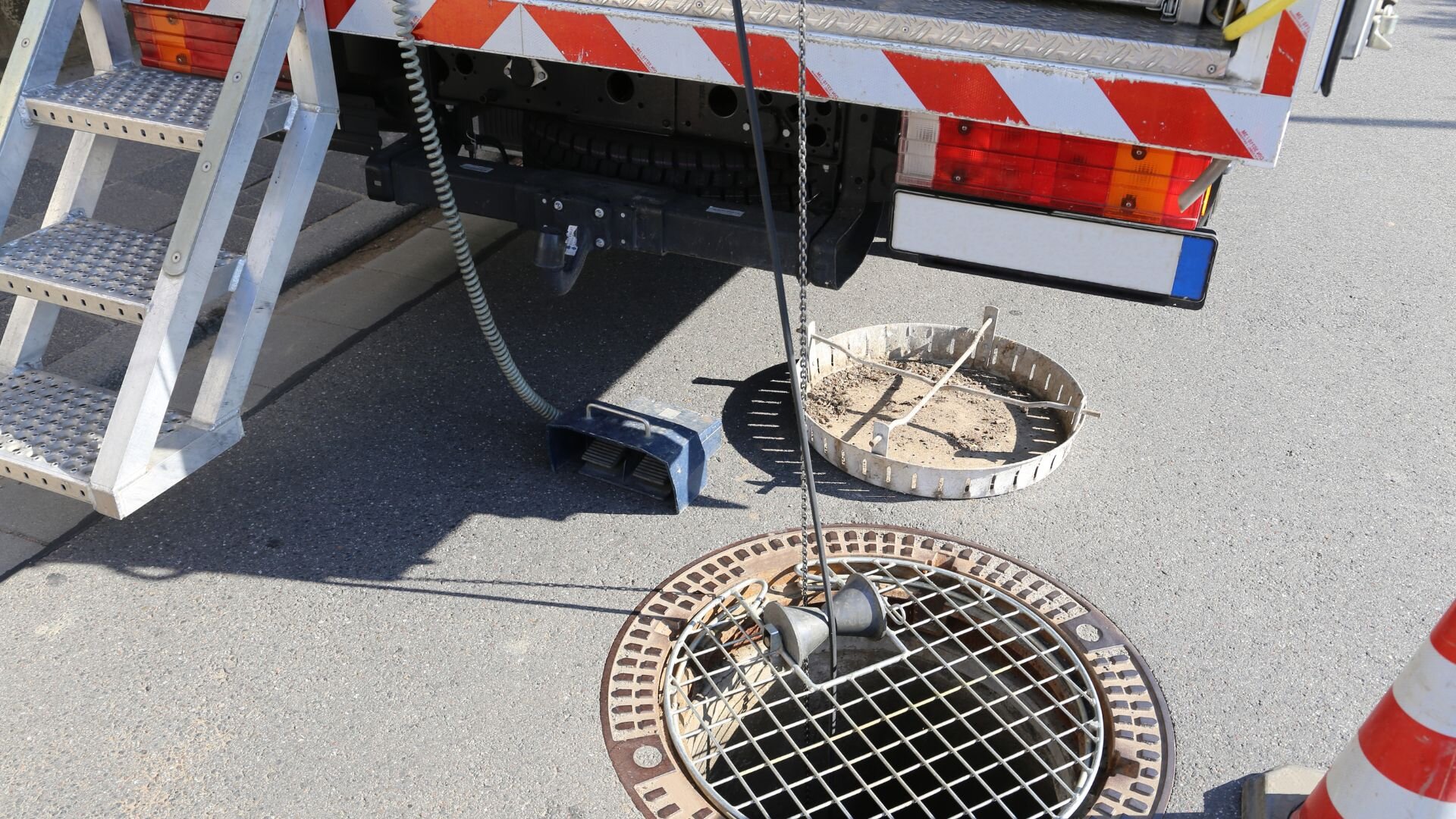
One of the most significant differences between CCTV and traditional plumbing inspection methods lies in the ability to inspect the pipes’ interior visually.
With CCTV, plumbers use high-resolution cameras to get a direct, clear view of what is happening inside the plumbing system. This means they can accurately see blockages, cracks, and corrosion in real time, leading to precise problem identification.
On the other hand, traditional methods rely on indirect clues like changes in water pressure or signs of physical blockages, which often involve a degree of guesswork. This difference makes CCTV inspections far more reliable in terms of providing visual confirmation of the issue.
CCTV inspections offer pinpoint accuracy, allowing plumbers to locate the exact source and nature of a plumbing issue. CCTV provides detailed footage, ensuring nothing is missed, whether it’s a minor clog or a significant structural fault. Traditional inspection methods lack this precision, such as manual probing or listening for irregularities.
Another critical difference is the level of invasiveness required by each method. Traditional plumbing inspections can be quite invasive; they often require plumbers to dig trenches or dismantle parts of the plumbing system to find the source of a problem. This process can be disruptive to a homeowner’s property, sometimes causing damage to gardens, lawns, or even internal structures.
In contrast, CCTV inspections require minimal intrusion. The camera is inserted directly into the pipe through an access point, eliminating the need for large-scale excavation or dismantling and thereby reducing property disruption.
CCTV inspections are far quicker compared to traditional methods. Since the camera can travel through the entire plumbing system, it allows plumbers to assess the condition of pipes quickly and accurately. This real-time footage helps in immediate problem detection and decision-making. Traditional inspections, which depend on trial-and-error approaches, can be time-consuming, often taking hours just to identify the issue before any repairs can even begin.
At first glance, CCTV inspections might seem pricier because of the advanced tech involved, but they often save you money in the long run.
The accuracy they offer means fewer misdiagnoses and unnecessary repairs, which can really stack up with traditional methods. Older methods can lead to repeated service calls and more labour, pushing up the costs over time.
Investing upfront in a CCTV inspection often leads to savings by avoiding unnecessary digging and repairs down the track.
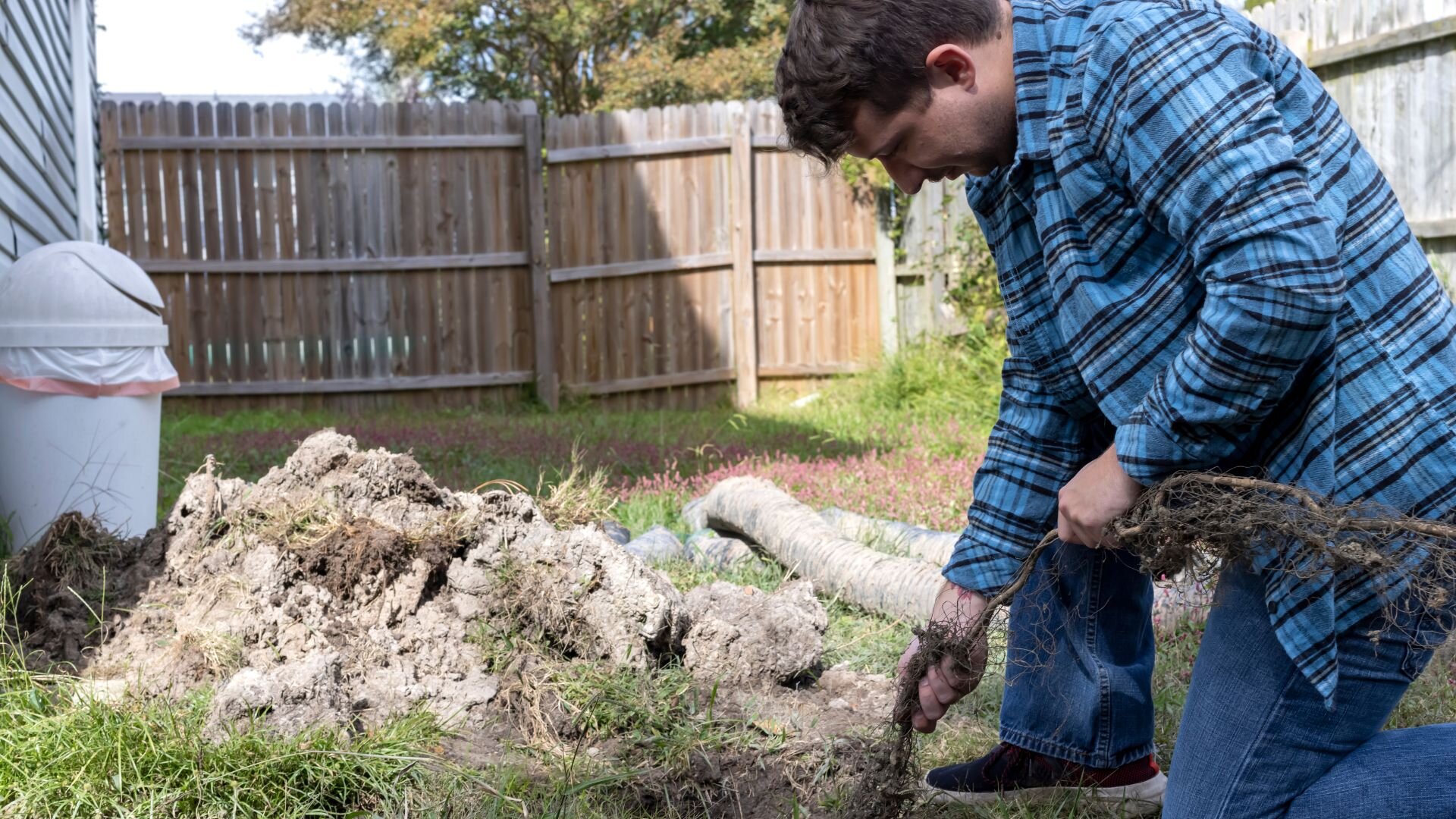
Safety is another area where CCTV really excels compared to traditional methods. Old-school methods might have plumbers squeezing into tight spaces or digging up large areas, posing health and safety risks.
CCTV inspections eliminate the need for plumbers to venture into dangerous spots. The camera does all the hard work, reducing injury risks and keeping everything within safety regulations.
CCTV inspections provide plumbers and homeowners with a detailed video record of the inspection. This footage can be reviewed and used to better understand the plumbing system’s issues. It also helps in making informed decisions about necessary repairs. Traditional methods, however, do not offer such a detailed record. They rely instead on notes or verbal descriptions from the plumber, which can sometimes lack clarity or leave out crucial details.
CCTV inspections also have a lower environmental impact compared to traditional methods. Traditional plumbing inspections can involve digging up the ground, which may disturb soil and plant life, potentially damaging gardens or other green spaces.
CCTV, being non-invasive, preserves the landscape, leading to less environmental disruption and a more sustainable approach to plumbing diagnostics.
CCTV inspections are versatile and can be used in a wide variety of plumbing scenarios, from detecting root intrusions to identifying collapsed pipes. Traditional methods, on the other hand, may struggle with more complex problems, especially in systems with multiple bends or hard-to-reach sections. The versatility of CCTV makes it suitable for both modern plumbing systems and older infrastructure that might have multiple unknown modifications.
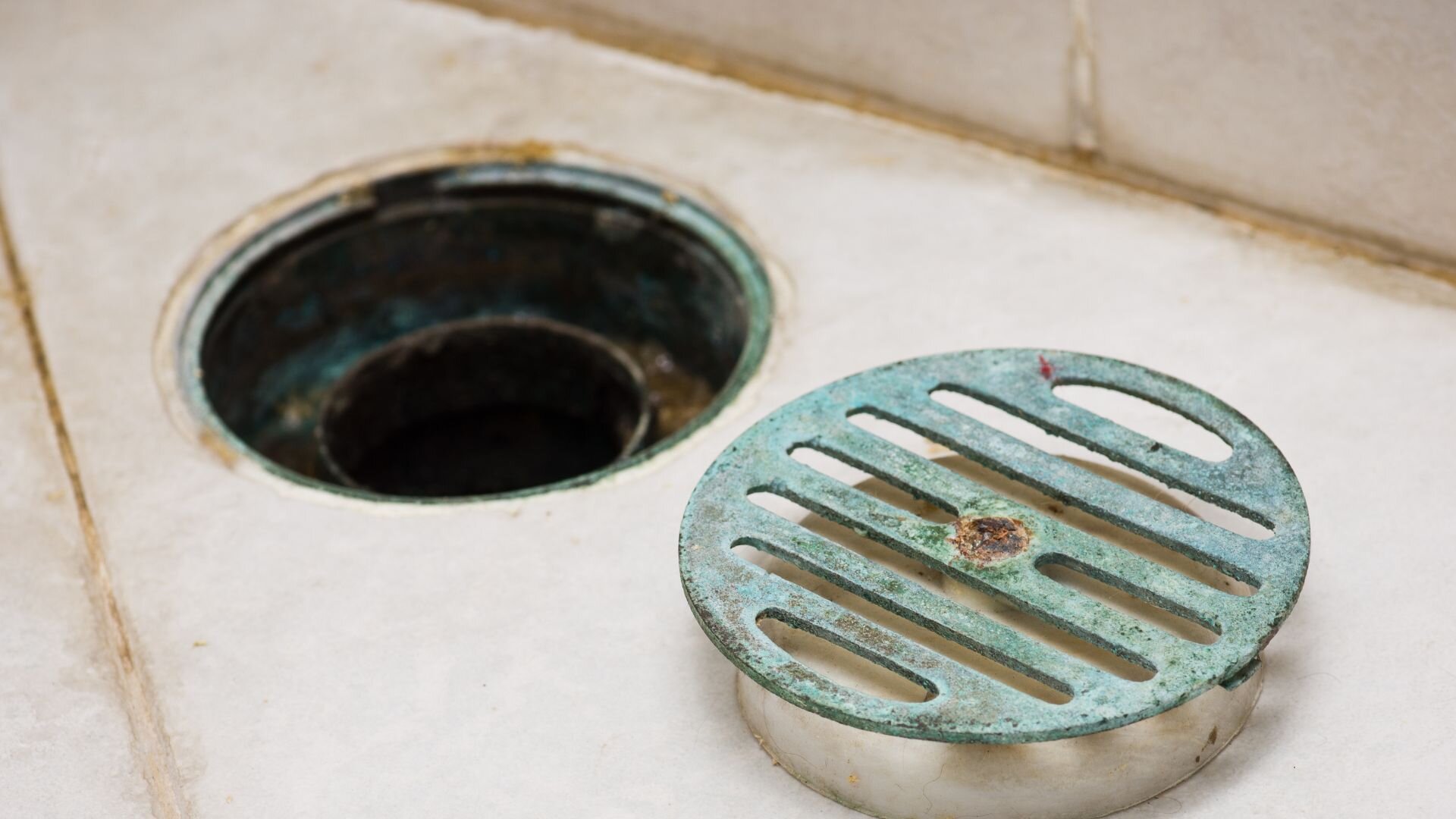
Lastly, these methods really change the homeowner’s experience. Traditional ways can leave homeowners uncertain since the problem’s source isn’t always clear, and solutions might involve tearing up parts of the property.
CCTV inspections, on the other hand, offer visual proof that reassures homeowners, showing them exactly what’s wrong and what the solutions are. This transparency not only reduces stress but also boosts confidence in the repair process.
As technology continues to evolve, CCTV inspections are poised to become the gold standard for plumbing diagnostics. Their ability to quickly, accurately, and noninvasively address plumbing problems makes them invaluable tools in maintaining and preserving old and new plumbing systems.
The shift towards CCTV inspections marks an important step forward in ensuring that plumbing issues are identified and resolved with minimal impact, providing peace of mind for homeowners and more effective solutions for the plumbing industry as a whole.
If you’re dealing with plumbing issues and need a reliable inspection, consider reaching out to WP Plumbing in Melbourne. Our experienced team utilises state-of-the-art CCTV technology to accurately diagnose and resolve plumbing problems, saving you time, money, and stress!
Read our guide to learn how a CCTV drain inspection can help identify and resolve plumbing problems efficiently. Learn what to expect during the process and how expert services can keep your sewer system in top shape.
Learn when it’s crucial to schedule a drain camera inspection to identify and resolve issues within your plumbing system. From persistent clogs to unexplained water bill increases, discover how a camera inspection can help protect your property. Meta Title: How Drain Camera Inspections Can Save You Time and Money Meta
Tree root intrusion can lead to major pipe damage and drainage issues. CCTV inspections provide a clear view inside your pipes, making detecting and addressing these problems easier before they escalate. Learn how this advanced technology can save you from costly repairs and help maintain a healthy plumbing system.
